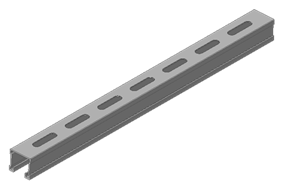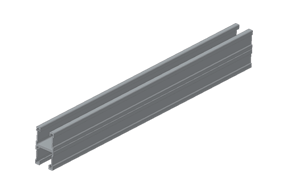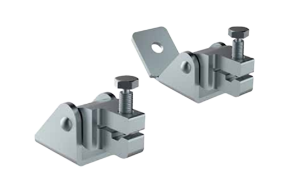The main production features of Seismic Bracing Systems are simple operation and easy control. The Seismic Bracing Systems and hanger simplifies the degree of repeated construction of various specialties, simplifies the Seismic Bracing Systems and hanger of various specialties, and facilitates construction quality control and construction progress control. In addition, the production of Seismic Bracing Systems saves costs. Reduce the total amount of brackets and hangers and save the amount of steel. Unified production and installation, reduce labor input.
Support
Popular Products
-
Q What's the production characteristics of Seismic Bracing Systems?
-
Q What is the seismic principle of Seismic Bracing System?
Answer The installation form of the Seismic Bracing System utilizes the triangular stability principle to comprehensively carry the longitudinal and lateral forces during the earthquake and change the dynamic characteristics of the pipeline system from soft to rigid. Make equipment and pipelines stronger, and reduce secondary disasters caused by earthquakes. The Seismic Bracing Systems are divided into longitudinal (parallel to the pipeline centerline), lateral Seismic Bracing Systems (perpendicular to the pipeline centerline), and longitudinal and lateral seismic supports from the direction of the force.
-
Q How many PC of Seismic Bracing System is suitable for each meter?
1. All domestic water supply and fire fighting pipeline systems greater than or equal to DN65 require a lateral seismic support at 12 meters and a longitudinal seismic support at 24 meters.
2. All air duct systems with a diameter greater than or equal to 0.7m require a lateral seismic support at 9 meters and a longitudinal seismic support at 18 meters;
3. All electrical piping with an inner diameter greater than or equal to 60 mm and all cable trays, cable ladders, cable boxes, and bus ducts with a gravity greater than or equal to 150 N m in the power system pipeline and cable tray system require a lateral seismic support 12 meters, 24 M install a longitudinal anti-vibration bracket.
The above is for new construction projects. If it is a renovation project, the distance between the installation of Seismic Bracing Systems for each system will be halved. -
Q What standards should the quality of the Seismic Bracing Systems produced by qualified manufacturers meet?
Generally, the qualified Seismic Bracing System products must meet the following standards
1. The Seismic Bracing Systems needs to be able to be manufactured according to the standard design during the manufacturing process, and the relative size deviation of its assembly cannot be greater than three millimeters.
2. The deviation of the manual cutting line and the number line of the anti-vibration bracket cannot be greater than two millimeters, especially the semi-automatic cutting cannot be greater than 1.5 millimeters.
3. Certain protective measures must also be taken on the surface of the anti-vibration bracket to avoid effectively preventing scratches or product damage.
4. The non-perpendicular angle of the product cut end face of the anti-vibration bracket cannot be greater than ten percent of the thickness of the workpiece and also cannot be greater than two millimeters.
5. The anti-vibration brackets should be painted with anti-rust paint and marking, especially need to be properly stored. If it is alloy steel, it needs to be marked with corresponding materials, and it can be stored separately.
6. The welding seam of the Seismic Bracing System needs to achieve the advantages of full welding meat and excessive smoothness. The height of the welding corner should not be less than 1.5 times the thickness of the thin part, especially the deformation of the bracket during the welding process must be corrected. -
Q How to check the correctness of design calculation?
When bidding in general, the Seismic Bracing System manufacturers have their own copyrighted professional Seismic Bracing System calculation software. The software needs to be certified by a third-party authority to ensure the rationality and correctness of the calculation. The load value of Seismic Bracing System accessories requires a third-party test report, etc.
-
Q What are the materials of the Seismic Bracing System itself, what are the advantages and disadvantages?
Q235B is generally used in the market. There are electrogalvanized and hot-dip galvanized. The electrogalvanized layer is relatively thin and the hot-dip galvanized layer is relatively thick. At present, the hot-dip galvanized layer is mostly used (the thickness of the galvanized layer is generally 70 ~ 80μm), parts and accessories are electroplated (the galvanized layer is generally a few μm).
Some manufacturers use other materials for the brackets, such as zinc aluminum magnesium profiles. It is said that this material has good corrosion resistance, but the price is also more expensive.




 Strut Channel
Strut Channel Back to Back Strut Channel
Back to Back Strut Channel Connecting Base Fitting
Connecting Base Fitting


